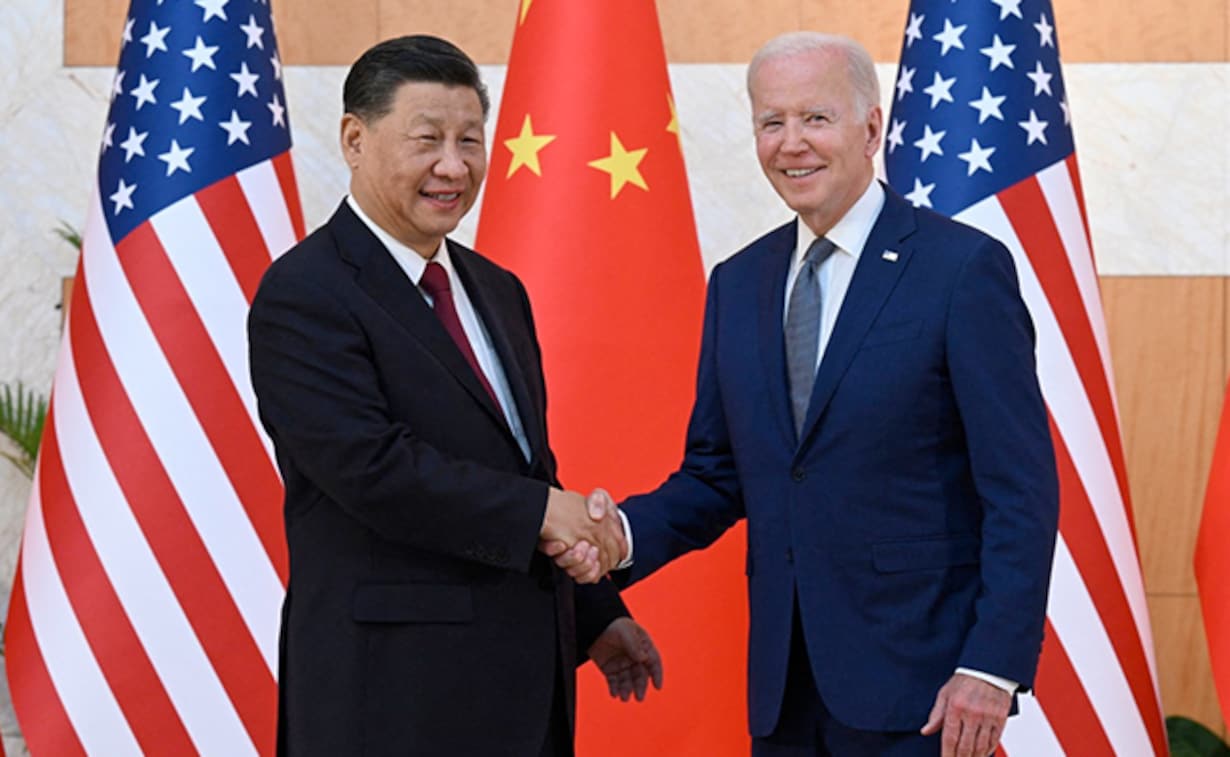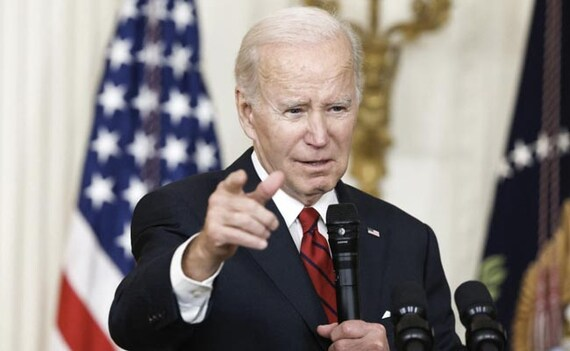esidents of Kabul can read the jotting on the wall.” Do not trust the propaganda of the adversary”says one lately painted sign.
The communication replaced a tempera of US envoy Zalmay Khalilzad and Taliban leader Mullah Abdul Ghani Baradar shaking hands, marking the signing of the 2020 agreement to withdraw American colors from Afghanistan– one of dozens of vibrant public artworks that have been canceled since the Taliban took power in August.
While some of the showpieces were overt in their demands for equal rights for women and an end to corruption, other pieces were meant to provoke study, inspire stopgap, and spread joy to passersby. Moment, they are obscured by thick layers of makeup, as well as Taliban taglines and flags.
The move has been entered as a warning shot to the country’s trades and culture scene.”The biggest fear for me, and utmost of the artists I work with. isn’t being suitable to express ourselves, to condemn the power,” said watchman Omaid Sharifi over WhatsApp. He’s theco-founder of ArtLords, a grassroots trades action that has converted defensive blast walls into spots of creative expression for nearly a decade.
“The fear is that this society will come just black and white. (and) that we won’t have the beautiful diversity and beautiful colors in this country presently.”
This isn’t the first time the Taliban has taken a stage against the trades in Afghanistan. When the Taliban was last in power, from 1996 to 2001, the governance defaced public oils and destroyed artistic heritage spots around the country. In 1996, members machine- plugged an iconic root in the megacity of Herat, in western Afghanistan; while in 2001, they blew up two colossal statues of the Buddha that had looked over the Bamiyan Valley for 1500 times. Utmost forms of music were banned, and TV was declaredun-Islamic.
Hong Kong University to remove’ Pillar of Shame’Tiananmen Square form
The strict group insists their rule will be different this time around. But numerous artists are skeptical.
Watching the Taliban destroy nearly 100 of the showpieces he and the ArtLords platoon produced, Sharifi doesn’t see room for artists to thrive under a Taliban governance. He, along with numerous of his associates, have either fled Kabul or are living in caching.
Some artists, he added, have made the delicate decision to destroy their own work out of fear of retaliation.”The feeling of destroying a piece of art isn’t veritably far from losing a child. because it’s your own creation. It’s commodity you have recollections with. commodity you’ve conceited about,”he explained.” Suddenly you’re putting fire to it– to all your dreams your bournes to all your expedients.
No bone should go through this. And we do not earn, as artists in Afghanistan, to go through this.”
One artist and gallery proprietor, who asked to remain anonymous, said that having to destroy his own work is a” crack that won’t be healed.”He’s also concerned for his livelihood, telling CNN that shutting down the gallery has hovered his income.
“I allowed that through my art I might be suitable to break my family’s fiscal problems,”he said.”We spent our youth serving, hoping we may have a better hereafter, but (it’s) such a pity what type of people decide our future in this country.”
The boys, they can go to a schoolteacher’s home, and they can continue their work from there. They can gatherinformally.But for girls, it’s not possible to do that,”she said. For women, she added, meeting at a place that isn’t a formal center for literacy is uncommon.”We’re so fearful of what might be, that we do not indeed want to try it”.
She also feels repressed due to her subject matter. Specializing in womanish pictures, she fears that if her work is viewed by the Taliban, she’ll face retaliation.” Women’s faces aren’t meant to be uncovered. It’s wrong according to the Taliban.”
She wants to continue her practice but says the plant that was formerly a safe space for her creative expression is now a stationery store. She hopes her delineations can be viewed by the world, but for now she must find a way to continue to make art in Afghanistan.


